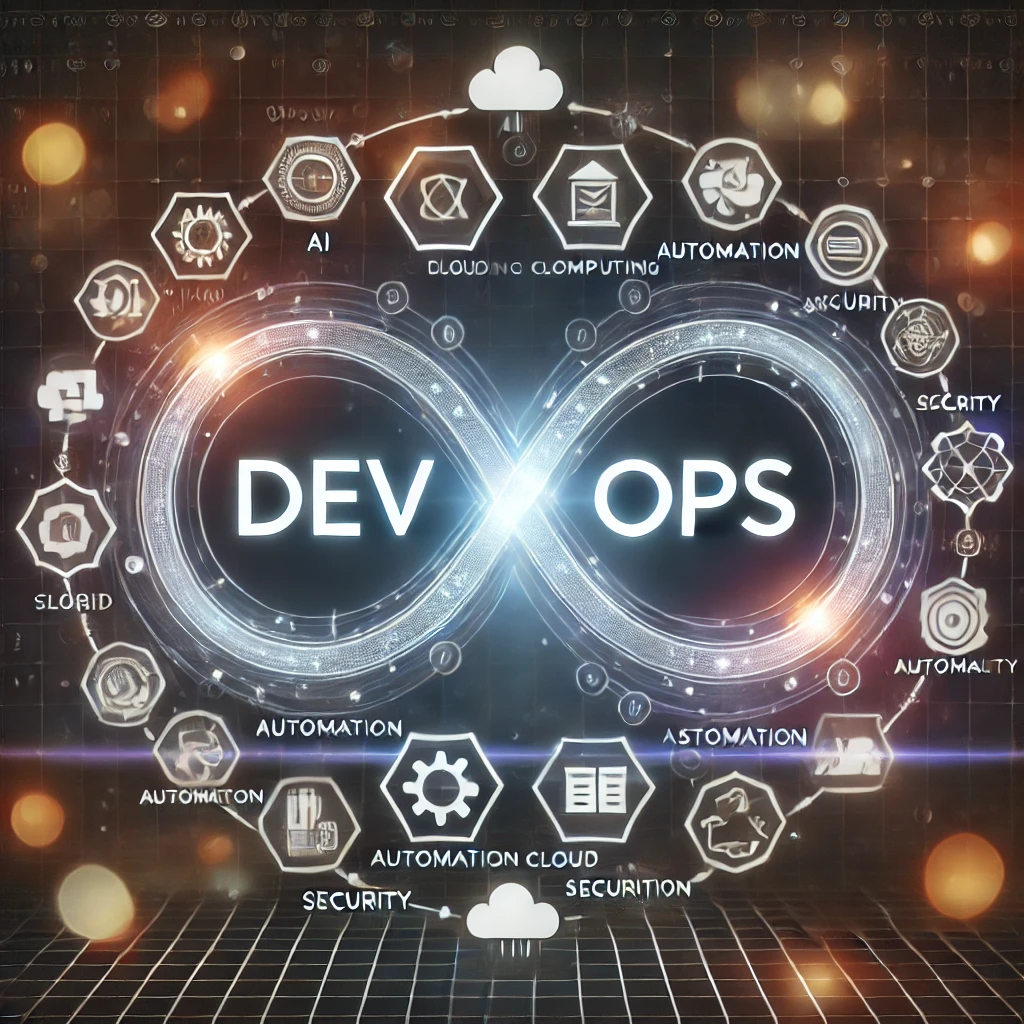The Growing Importance of DevOps Security
As organizations embrace DevOps methodologies to enhance software development and deployment speed, security often lags behind. DevOps enables rapid innovation, but without proper security integration, it also introduces new attack vectors, misconfigurations, and compliance risks.
A report by Gartner predicts that by 2025, 99% of cloud security failures will be the customer’s fault, often due to mismanaged DevOps pipelines. This highlights the urgent need for a DevSecOps approach—embedding security directly into the DevOps lifecycle rather than treating it as an afterthought.

Why Traditional Security Fails in DevOps
DevOps teams prioritize speed, automation, and continuous integration/continuous deployment (CI/CD). However, security measures traditionally slow down this fast-paced environment. The common security challenges in DevOps include:
- Lack of Visibility – Security teams often lack insight into rapidly changing DevOps environments.
- Misconfigurations – Automated infrastructure deployments can lead to insecure default settings.
- Secrets Management Issues – Hardcoded credentials, API keys, and tokens expose organizations to breaches.
- Weak Access Controls – Excessive permissions in cloud services increase insider threats and lateral movement risks.
- Vulnerable Open-Source Dependencies – 73% of organizations use open-source components with known vulnerabilities.
Without proper security controls, DevOps pipelines can become a primary target for cyber attackers, leading to data leaks, ransomware attacks, and supply chain compromises.
DevSecOps | Shifting Security Left
To mitigate risks, organizations must embrace DevSecOps—integrating security from the earliest stages of development rather than applying it as a last-minute fix. This “shift-left” approach ensures security is proactive rather than reactive.
Key Principles of DevSecOps
- Security Automation – Implement security tools that automatically scan code and infrastructure.
- Continuous Monitoring – Ensure real-time visibility across the CI/CD pipeline.
- Zero Trust Model – Enforce least privilege access to sensitive environments.
- Infrastructure as Code (IaC) Security – Use pre-approved secure templates for deployments.
- Developer Training – Educate teams on secure coding practices to reduce vulnerabilities from the start.
By integrating security controls into DevOps workflows, organizations can maintain agility while strengthening security.
Major Security Threats in DevOps Pipelines
The fast-paced nature of DevOps environments introduces unique security risks that attackers frequently exploit. Here are the most critical threats:

Supply Chain Attacks
- Attackers inject malicious code into software dependencies or CI/CD tools.
- Example: The SolarWinds attack, where hackers compromised a trusted software update.
Hardcoded Secrets & Credentials Exposure
- Storing API keys or credentials in code repositories or public cloud storage.
- Example: GitHub leaks of AWS secret keys, leading to account takeovers.
Insecure Infrastructure as Code (IaC)
- Misconfigurations in Terraform, Kubernetes, or Ansible scripts can expose entire cloud environments.
- Example: Open S3 buckets exposing sensitive data.
Insider Threats & Excessive Privileges
- Weak access controls lead to privilege escalation and data exfiltration.
- Example: Mismanaged service accounts used to bypass security policies.
CI/CD Pipeline Exploitation
- Attackers target build servers and deployment pipelines to inject malware or backdoors.
- Example: Jenkins, GitLab, or CircleCI misconfigurations leading to unauthorized access.
Without proper security measures, these risks increase attack surfaces and lead to significant business disruptions.
How to Secure the DevOps Pipeline | Best Practices

To effectively secure DevOps environments, organizations must implement multi-layered security strategies. Here’s how:
Secure Code from the Start (Shift-Left Security)
- Integrate SAST (Static Application Security Testing) tools to identify vulnerabilities early.
- Use code signing to ensure code integrity and authenticity.
- Require peer code reviews focused on security.
Automate Security in CI/CD Pipelines
- Embed DAST (Dynamic Application Security Testing) to detect runtime vulnerabilities.
- Use Infrastructure as Code (IaC) security scanning to prevent misconfigurations.
- Continuously scan for vulnerable dependencies in software packages.
Enforce Least Privilege & Zero Trust Access Controls
- Apply role-based access control (RBAC) to limit unnecessary permissions.
- Implement Just-In-Time (JIT) access for critical environments.
- Use Multi-Factor Authentication (MFA) for all privileged accounts.
Protect Secrets and Credentials
- Replace hardcoded credentials with secret management tools (e.g., HashiCorp Vault, AWS Secrets Manager).
- Ensure all secrets are encrypted and rotated regularly.
- Monitor for exposed API keys or leaked credentials.
Continuous Threat Monitoring & Logging
- Enable SIEM (Security Information and Event Management) for log correlation.
- Deploy cloud security posture management (CSPM) to detect misconfigurations.
- Use XDR (Extended Detection and Response) for real-time attack detection.
The Future of DevOps Security
As businesses accelerate digital transformation, DevOps security is no longer optional—it’s a necessity. Attackers are increasingly targeting CI/CD pipelines, cloud environments, and open-source dependencies, making DevSecOps adoption critical.
Organizations that fail to integrate security into DevOps expose themselves to breaches, compliance violations, and operational disruptions. However, by automating security, enforcing least privilege, and embedding security into development lifecycles, businesses can achieve both speed and security without compromise.
References
Summary Translation: 3 Essential Steps to Enable Security in DevOps – Gartner
Secure DevOps – MICROSOFT


